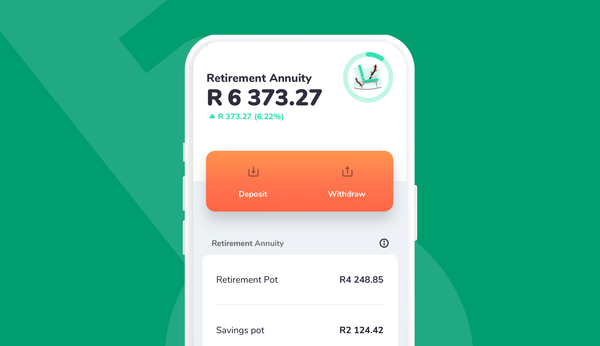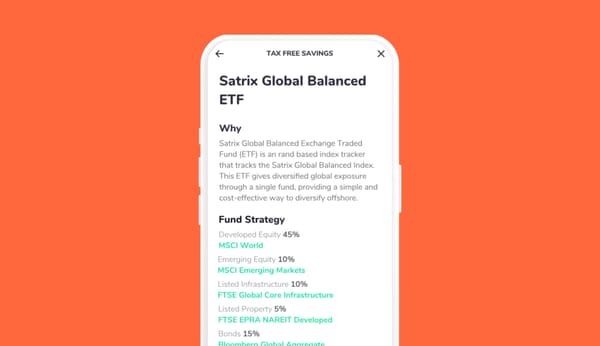Gone are the days of statistical bargains - affectionately termed 'cigar butts' by Warren Buffett, because they were opportunities discarded by others but good for a few more puffs! These days it's very difficult to identify accessible investment opportunities that will allow the average Joe investor to beat the market. Instead, the best most investors can hope for is to match market performance.
Most fund managers dismiss achieving the market benchmark as poor performance. However, for investors this can still mean real returns of between 5-8%, which should not be dismissed. The real issue these days is fees, because an effective annual cost of 3% will eat into your real returns in a big way.
Sadly, investment fees have been plagued by obscurity that is arguably intentional on the part of advisors and fund managers. So I thought it would be worthwhile to unpack what the different fees actually mean to make sure that you're comparing apples with apples when you evaluate a potential investment.
Total Expense Ratio (TER)
TER includes everything that is charged to the fund manager's annual fee, along with administrative costs and a performance fee (if there is one). Transaction costs are quantified separately. Like most cost measures, TER is expressed as a percentage of investment value. A TER of 1.5% means that a fee of of R1.50 per year is taken from your investment for every R100 in the fund.
TER is calculated and reported retrospectively at a fund level, so it does not tell you what you will pay in the future, but gives you an idea of the funds costs. For most established funds, however, the TER does not fluctuate too much, so it provides a good indication of what to expect.
Total Investment Cost (TIC)
As mentioned above, TER does not include transaction costs (TC), which is often reported separately as percentage of investment. So 1% TC means that a R100 investment deposit will cost you R1. Total Investment Cost (TIC) is TER plus TC.
Although TIC is an accurate measure of all-in costs if you invest directly with a fund manager, there may also be initial charges, advisor fees and platform fees. Given that some investors deal directly with the manager, circumventing platform costs and advisor fees are negotiable. It makes sense that these are excluded from TIC to ensure that you can compare one fund to another.
Effective Annual Costs (EAC)
To help understand the total costs of an investment, EAC was introduced as a measure of the total cost of investment over a defined period. Again it is given as a percentage of total investments and is an attempt to make different kinds of investment products comparable. The EAC should include all the fees associated with the investment, including the fund manager's fee, the platform fees, advisor fees and transaction fees. However, in order to make a fair comparison, the EAC should take into consideration the means of access as well.
So remember:
- TER and TIC are both retrospective cost figures, so subject to change going forward, and measure a funds cost structure.
- EAC is a more comprehensive measure of costs over a one-year period and includes various costs excluded from TER and TIC, such as initial charges, advisor fees, exit charges and platform fees.










